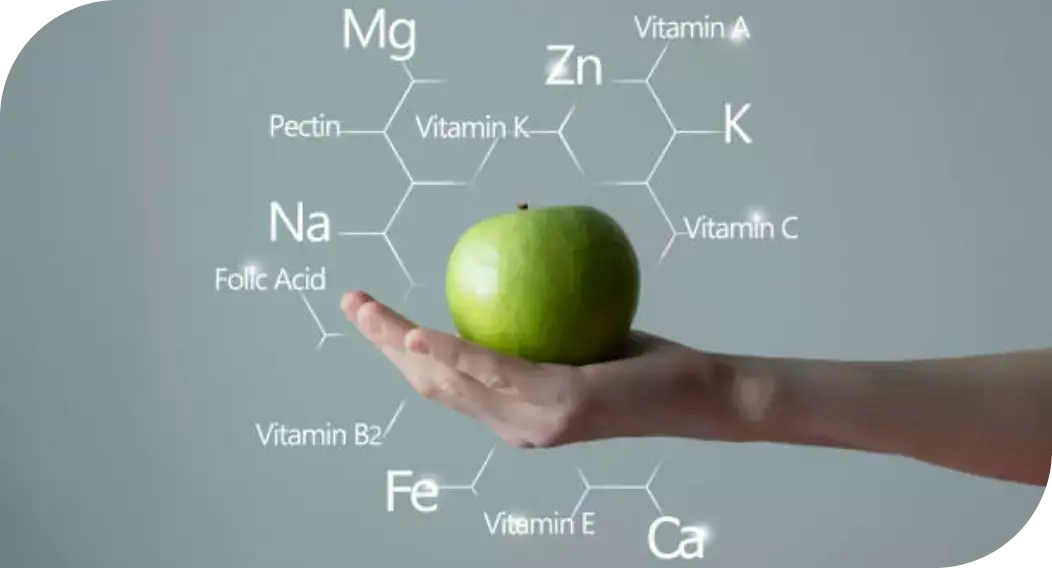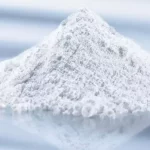

Why Prefer Zinc Glycinate Over Zinc Sulphate?
WHY ZINC IS NECESSARY?
Zinc is an essential micronutrient required by all animals. A lack of it in the feed can have serious consequences, such as decreased feed intake, decreased growth, impaired immune function, and decreased fertility in the animals. In the past, trace elements were added to the feed in the form of inorganic salts such as sulphates and oxides. Only a limited percentage was absorbed by the animal – the major part ended up in the manure. It’s a colossal waste, both monetarily and ecologically.
.There are considerable interactions in homeostasis as well as functions of essential elements, and in particular between zinc, calcium, copper, and iron. It is therefore necessary to consider the ratios of elements in feeds for the optimal amount of zinc in diets.
Zinc, in the form of its divalent metal ion, Zn2+, is nutritionally essential for all living organisms. The total amount of zinc in the human body is 23 g, and its concentrations in tissues are about the same in all mammals.Virtually all its functions are in proteins, in which it is a catalytic, structural, or regulatory co-factor.
Organically-bound trace elements such as Glycinates are proposed in animal feeds since they show higher bioavailability than inorganic zinc salts.(Ref.3).
This results in increased animal performance and better animal vitality and productivity.
Glycine is a compound of glycinate, the smallest essential amino acid. It is used in the food industry as a source of zinc and amino acid for food and feed additives, as a fertilizer, as an amino acid agent for drug preparation, as a seasoning agent, as a saccharin, and as an agent for brewing, meat processing, and cold drink preparation.
ZINC GLYCINATE BETTER THAN INORGANIC ZINC SULPHATE
Zinc absorption was lower in all segments of the gastrointestinal tract of pigs fed zinc sulphate versus pigs fed zinc amino acid chelates (p 0.01).The apparent absorption coefficients in the stomach were negative for zinc sulphate (–18.3%) and positive for zinc amino acid chelate (15.7%). This was the first published study that demonstrated that when zinc is chelated to amino acids, it, and presumably other metal amino acid chelates, can be absorbed directly into the blood from the mucosal tissue of the stomach.
Why does chelating a mineral with amino acids boost its absorption?
• The solution comes from understanding that the intestinal absorption pathway for an amino acid chelate differs from the ones used for metal ion absorption.
While the increased absorption of amino acid chelates is widely recognised, the absorption mechanism is not well understood. This might be because most researchers first thought of the amino acid chelate as a metallic molecule rather than assuming it to be absorbed as a protein rich molecule.
The amino acid chelated metal gives better performance due to bioavailability and retention of zinc within various vital body organs like the heart, liver, stomach, lungs, etc. Moreover, the animal body retains the level of zinc for a longer time if we stop its administration than the inorganic metal salts. The absorbency of amino acid chelated zinc salt is quite high vis-a-vis comparison with inorganic zinc salt.
Inorganic metal salts do meet the needs, however, they are inefficient and perform poorly. Amino acid metal chelates, on the other hand, perform better in terms of performance, bioavailability, and retention in essential organs, as well as reduced waste in stool and urine.

Lorem Ipsum is simply dummy text of the printing and typesetting industry. Lorem Ipsum has been the industry’s standard dummy text ever since the 1500s, when an unknown printer took a galley of type and scrambled it to make a type specimen book. It has survived not only five centuries, but also the leap into electronic











Likes
0 Comments
Posted By: skminerals
skminerals